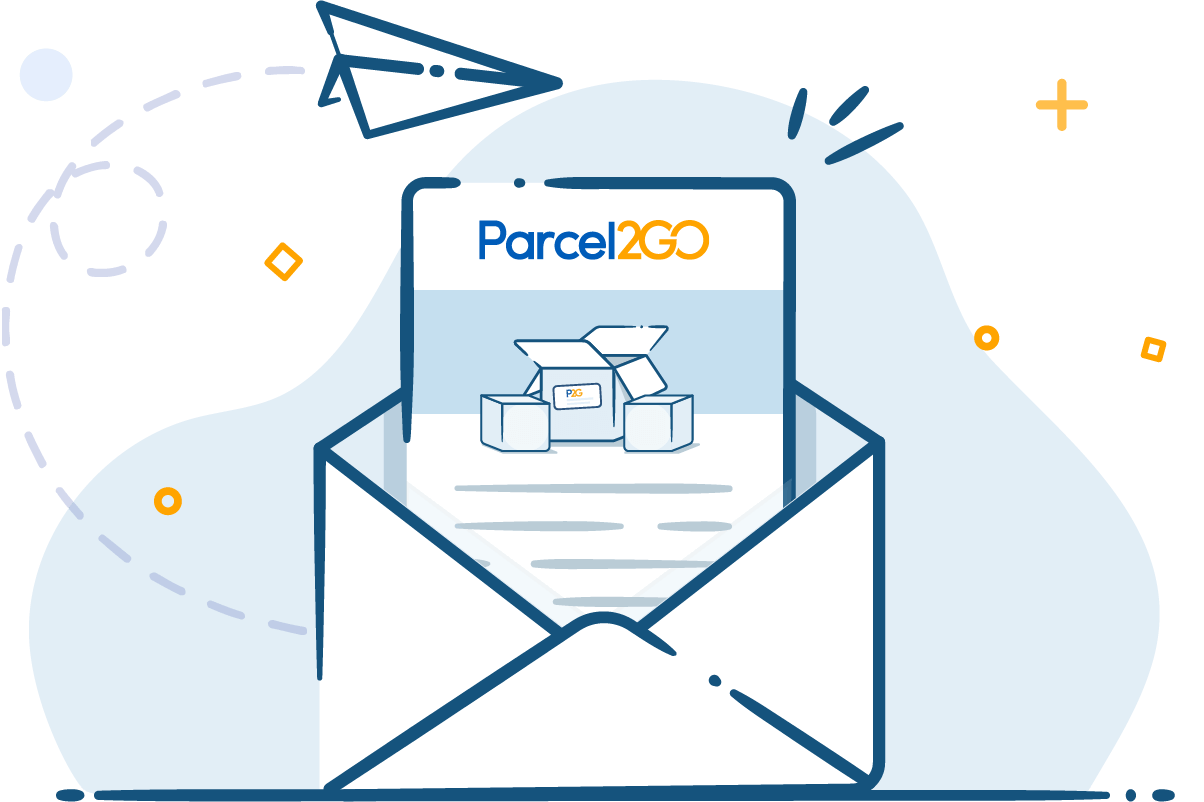If you haven’t yet ventured into selling online, I suggest you start now. With Christmas just round the corner, there is no better time to begin setting up your business online, and join the millions of other businesses who are succeeding in e-commerce.
This is a guest post by Martin Zwilling, who is CEO and Founder of Startup Professionals, Inc.
If you have a unique creation or invention, and you are not selling it around the world on the Internet, now is the time to start. The cost of entry has never been lower. Anyone can be an entrepreneur today, without a huge investment, bank loans, venture capitalists, or Angels.
In the early days (20 years ago), most new e-commerce sites cost a million dollars to set up. Now the price is closer to $100, if you are willing to do the work yourself.
Here are the key steps for a personal home-based business website selling a few products (as an alternative to Ebay):
1. Go online to reserve a website domain name.
Be sure it matches your business, and get a hosting agreement from one of the popular providers like GoDaddy. The cost for the domain name is maybe $10/year, and the hosting starts around $50/year. Start simple.
2. Download free website tools.
Many hosting services offer free tools, or will build a default website for you. Other popular tools are available at low cost, with built-in e-commerce capabilities (pay via PayPal or credit card), including FrontPage in the Microsoft Office Suite, and DreamWeaver by Adobe.
3. Open an account with PayPal.
This costs nothing, and allows you to safely collect money from customers all around the world. If you want to also accept all the popular credit cards, that will require a merchant services account for a low monthly fee.
4. Personalize a simple website.
Customize your website using one of the tools above, selecting one of the standard templates for design and layout. You probably want at least a home page, product page, order page, and contact page. The menu should include a link to your blog, separately set up on Blogger, WordPress, or TypePad, again free.
5. Publish the site and now you are in business.
But don’t be fooled into expecting people to flock to your site after you tell a few friends. Now the real work begins – promotion, marketing, blogging, and all types of search engine marketing. But even these can be done for almost no cost, if you are willing to learn and do the work yourself.
Obviously, commercial e-commerce sites handling thousands of products and back-office functions are more expensive, and usually require professional help to do the custom programming and special site navigation features. All this may cost a few thousand dollars, but don’t get talked into an Amazon.com replacement just yet.
The next step in complexity is building a software product that you can offer as a service to your customers. A simple example might be mortgage calculator to add to your real estate sales site. Any credible software developer should be willing to tackle this kind of tool for a couple of thousand dollars.
Then there are full-featured software sites like Facebook. The logic behind all these features is millions of lines of code, and cost millions of dollars to develop and maintain.
Don’t expect that you can create a new social networking site in your garage, and steal all the users away from Facebook. Facebook is making money today, but only after a $150 million investment.
But even Facebook started simple, and then developed more and more robust iterations as user interest caught on.
I give this advice all the time “launch fast and iterate.”
You can’t get it all right the first time, and the market will be gone if you try to include every feature in the first version.
The net is that if I see a website business plan today with a projected development cost greater than $200K, I suspect the founder must be including some fancy perks, or they don’t understand the market dynamics of e-commerce today.
Budding entrepreneurs and home-based businesses should be writing business plans before they start, so they understand and can manage the tasks ahead, but no outside investor need ever see the plan.
Fund it yourself (bootstrapping) and do-it-yourself entrepreneurs are the best kind, because they can focus on the business, rather than fund raising, and have full control of their destiny.
Life is more fun that way. Grab your shopping basket
Martin Zwilling writes the Startup Professional Musings blog and is CEO & Founder of Startup Professionals, Inc.; Callaman Ventures Board Member and Executive in Residence; Advisory Board Member for multiple startups; Arizona Angels Selection Committee; Entrepreneur in Residence at ASU and Thunderbird School of Global Management. Published on Forbes, Harvard Business Review, and Business Insider.


.svg)

